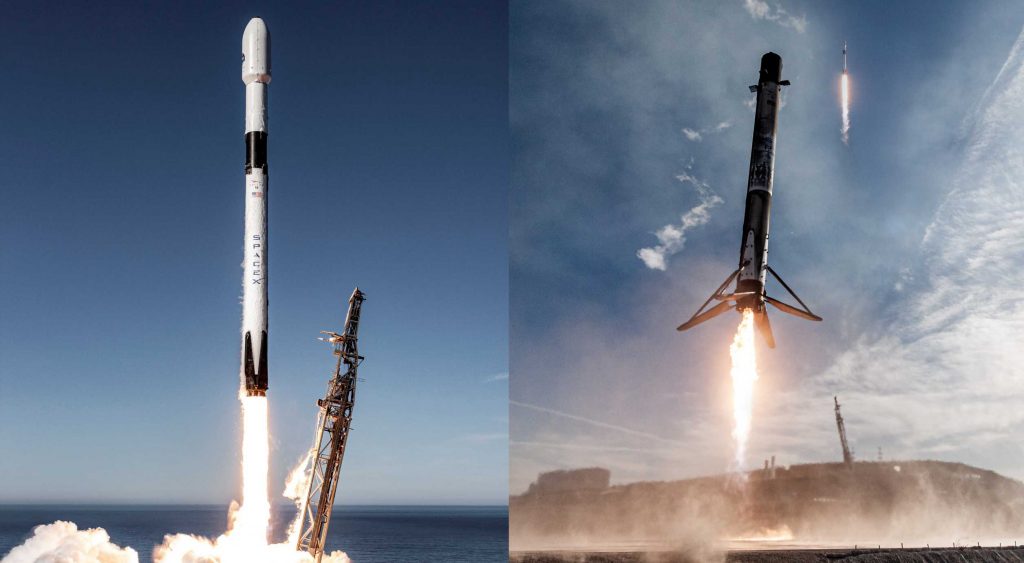SpaceX plans next Starlink launch - ready for asteroid redirect mission

- SpaceX has booked a follow-up East Coast Starlink launch just a few weeks after the most recent one, while another Falcon 9 rocket prepares to launch NASA's DART asteroid redirection demonstration mission.
- Following the successful launch of NASA and the European Space Agency's (ESA) Sentinel 6A spacecraft in November 2020 and the first launch of a full batch of laser-linked Starlink satellites on September 14th, DART will be SpaceX's third West Coast launch in less than a year and the company's first launch from Vandenberg twice in a calendar year since 2019.
- With Starlink V1.5's September debut, SpaceX also debuted a new naming scheme, deeming the mission Starlink 2-1 – the first launch of the second shell.
- Apart from being few and far between for unspecified reasons, the scheduling of SpaceX Starlink launches in the second half of 2021 has been a shambles, and it does not appear that this will change anytime soon.
- SpaceX is slated to launch DART on November 23rd to an undisclosed orbit — maybe a geostationary transfer orbit (GTO), but also directly into deep space, which would be Falcon 9's first launch beyond the Earth-Moon system.
Advertisement
Surprisingly, Spaceflight Now's launch calendar indicates that SpaceX's next Starlink launch will add to the recent confusion over the constellation's mission naming method. Starlink 4-1 was the designation given to SpaceX's most recent Starlink launch, as stated below.
However, SpaceX's next Starlink launch appears to be termed "Starlink 4-3," implying that the company has either skipped a launch or been forced to swap the order of two missions for unknown reasons (perhaps the same reason that Starlink 2-3 – itself leapfrogging 2-2 – was indefinitely delayed from an October launch target).
Apart from being few and far between for unspecified reasons, the scheduling of SpaceX Starlink launches in the second half of 2021 has been a shambles, and it does not appear that this will change anytime soon.
Unless one or more other missions are delayed, SpaceX CEO Elon Musk's recent declaration that the company is "aiming to launch 80 tonnes" or 175,000 pounds of payload in Q4 2021 allows opportunity for two additional Starlink launches (including 4-3) in the final six weeks of the year.
Advertisement

Falcon 9’s Sentinel 6A launch and landing, November 2020. (SpaceX)
Meanwhile, SpaceX is slated to launch DART on November 23rd to an undisclosed orbit — maybe a geostationary transfer orbit (GTO), but also directly into deep space, which would be Falcon 9's first launch beyond the Earth-Moon system. Despite the extremely tiny payload, Falcon 9 booster B1063 is planned to land at sea on the drone ship Of Course I Still Love You (OCISLY), indicating that a high-velocity Earth escape launch is preferable.
On November 10th, a SpaceX, JHUAPL (Johns Hopkins University Applied Physics Laboratory), and NASA team successfully mated the 550-670 kg (1200-1500 lb) spacecraft to the Falcon 9's payload adapter and are likely just a few days away from encapsulating DART inside the rocket's comparatively massive payload fairing. Without a cargo, Falcon 9 will most likely roll out to SpaceX's SLC-4E pad and conduct a static fire test prior to returning to the hangar for fairing attachment.
A NASASpaceflight.com forum member observed a Falcon 9 vertical while travelling by train past SpaceX's Vandenberg launch site, confirming the impending static fire.
Advertisement